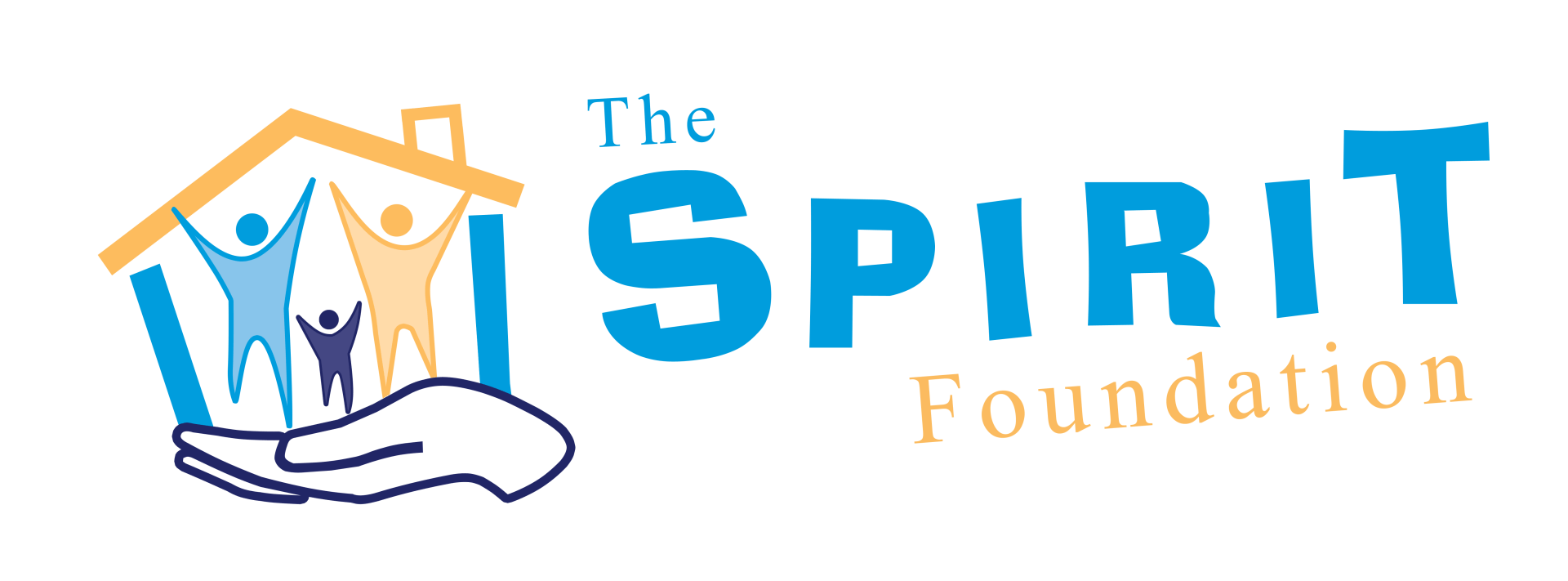Getting a Mortgage Shouldn’t Be Stressful—We Can Help
Buying a Home? Follow These 6 Key Steps for a Smooth Experience
Buying a home is likely one of the biggest financial decisions you’ll ever make. It’s exciting—but it can also be overwhelming, especially when it comes to understanding how mortgage financing works.
To help make the process smoother (and far less stressful), here are six essential steps every homebuyer should follow:
1. Start With a Mortgage Professional—Not MLS
It’s tempting to start your home search by scrolling through listings and booking showings—but the real first step should be speaking with an independent mortgage professional.
Unlike a bank that offers only one set of products, an independent mortgage expert has access to multiple lenders and options. That means better advice, better rates, and a better chance of finding a mortgage that truly fits your needs.
2. Build a Personalized Mortgage Plan
Unless you’re buying your home with cash, you’ll need a solid financing strategy. That means:
- Reviewing your credit score
- Running affordability calculations
- Exploring different mortgage types, terms, and features
- Understanding down payments and closing costs
The sooner you start planning, the more confident you’ll feel. Don’t wait until you’ve found the “perfect” property—get ahead of the process now.
3. Figure Out What You Can Actually Afford
What a lender says you can borrow doesn’t always match what you can comfortably pay each month.
Take a close look at your budget, lifestyle, and spending habits. Think about how your mortgage payments, property taxes, utilities, and other costs will fit into your everyday cash flow.
Avoid the stress of being house-poor by knowing your real-life affordability, not just your paper pre-approval.
4. Get Pre-Approved the Right Way
A true mortgage pre-approval isn’t just entering numbers into an online calculator. It means:
- Completing a mortgage application
- Submitting all your required documentation
- Having a mortgage professional fully assess your file
When you’re officially pre-approved, you’ll shop for homes with confidence, knowing what you qualify for and that you’re financially ready.
5. Submit Your Documents Promptly and Stay Flexible
Once you find a property and your offer is accepted, time is of the essence. That’s when all the upfront work you’ve done really pays off.
Be ready to:
- Provide additional documentation if requested
- Respond to your mortgage professional quickly
- Stay flexible and proactive throughout the approval process
Your lender needs to verify everything before finalizing the loan, so staying organized is key.
6. Don’t Make Big Financial Changes Before Closing
Once you’ve secured financing and waived your conditions, freeze your finances until after you get the keys.
Seriously—don’t:
- Change jobs
- Apply for new credit
- Take out a loan
- Make a large withdrawal
Even small changes can throw off your approval. Keep everything status quo until you officially take possession.
Recap: 6 Steps to a Smooth Home Purchase
- Connect with an independent mortgage professional
- Create a mortgage plan early
- Know what you can afford (not just what you qualify for)
- Get fully pre-approved
- Stay on top of documentation
- Avoid major financial changes before possession
Ready to Buy with Confidence?
If you’re thinking about buying a home—or just want to know what’s possible—let’s talk. I’ll help you map out a personalized plan that makes your homebuying journey feel simple, strategic, and stress-free.
Reach out anytime. I’d love to help you get started.
MORE ARTICLES








